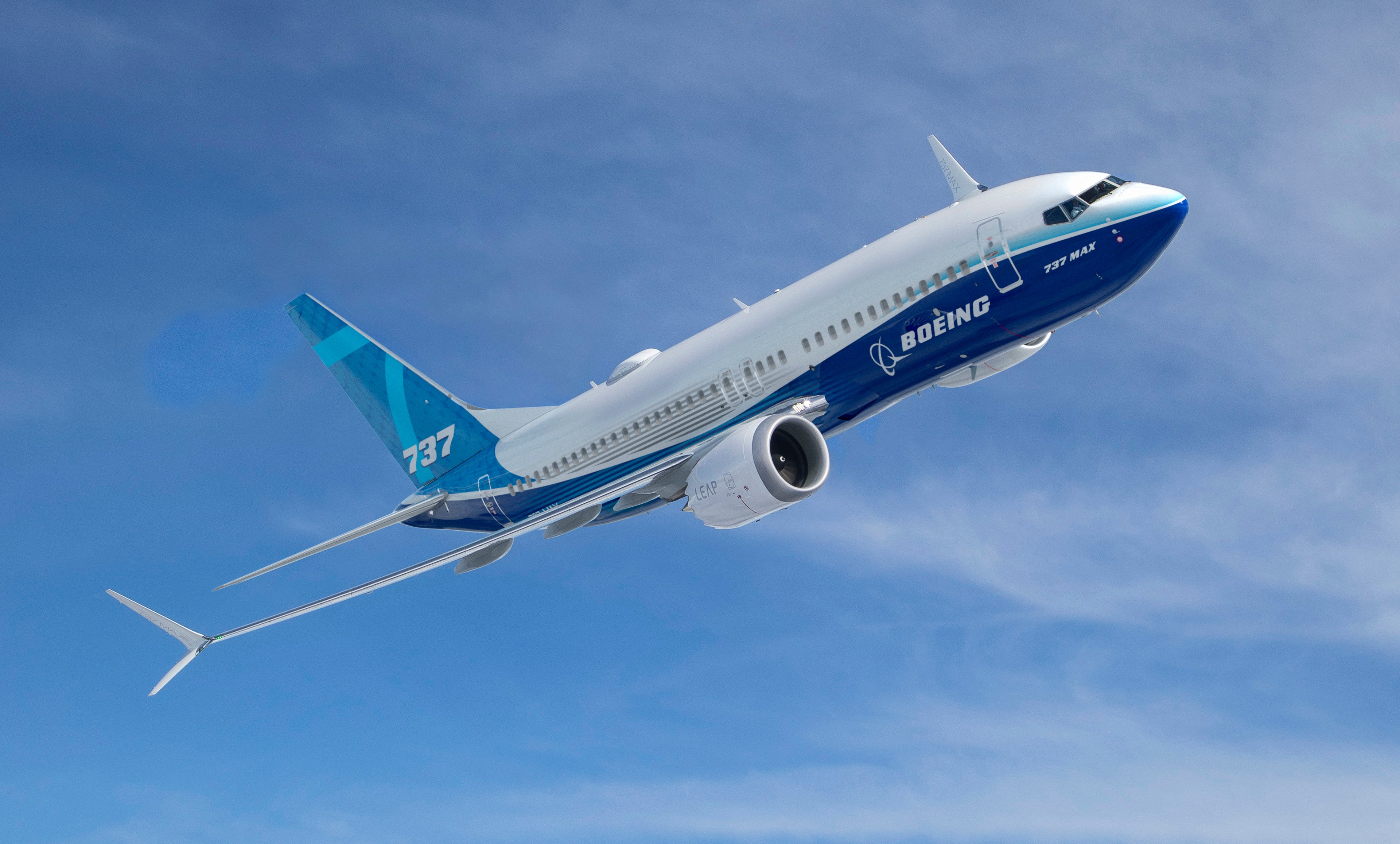Planemakers Boeing (BA +2.99%) and Airbus (EADSY +0.94%) currently reign over the aerospace firmament, and their rule could continue well into the days ahead. Both are fiercely competing to grab a greater share of the commercial aircraft market. In this industry, opportunities for both narrow-body and wide-body planes go hand in hand -- the former adds more in terms of volumes while the latter fetches higher prices. We've earlier examined the ongoing tussle between Boeing and Airbus in the wide-body segment, but now let's take a look at what the duo is up to in the narrow-body space.
Narrow-body trends and prospects
Boeing and Airbus are unanimous in their opinion that in the coming two decades there's going to be huge demand for commercial aircraft, and narrow-bodies will account for the lion's share of shipment volumes. In its market outlook for 2014 to 2033, Boeing predicts 36,770 deliveries of new aircraft, of which 25,680, or 70%, would be of narrow-bodies. For the same period, Airbus forecasts 31,358 new plane deliveries and agrees that 70% would be of single-aisles. The value of these narrow-body planes is $2.6 trillion by Boeing's estimates and approximately $2.1 trillion by Airbus' calculations.

Source: Boeing Current Market Outlook 2014-2033
The popularity of narrow-body aircraft can be attributed to two key factors. They come with a single engine and consume less fuel, which saves airlines' operating costs. Airbus forecasts that oil prices will remain high over the coming years and continue to drive demand for fuel-saving planes. Secondly, narrow-bodies are a good choice for shorter routes where big wide-body planes become very expensive to operate. In its market outlook, Boeing says that more airlines prefer to fly narrow-body planes in domestic routes now. In 1993, wide-bodies accounted for 20% of domestic capacity in North America -- the proportion has come down to 5% in 2014. A similar trend is visible in China where the proportion of wide-body planes used in domestic routes has come down from 30% in 1993 to 9% in 2014.
Rising competition
Boeing serves the narrow segment with its 737 aircraft while Airbus offers its A320 family comprising A318, A319, A320, and A321 variants. Presently, both companies are flooded with new orders. At the end of September, Boeing had pending orders for 5,552 planes, of which the 737 accounted for 4,033. At that time, Airbus had a backlog for 5,907 planes that included 4,748 of the A320 family. Since then, Airbus has landed more orders in October including a huge one for 250 A320neo jets from Asian low-cost carrier Indigo.
Realizing that airlines have started leaning toward fuel-efficient aircraft to save costs, Boeing came up with the reengineered version of 737, 737Max. Equipped with fuel-efficient engines, the new generation model has already received impressive orders. Ryanair Holdings PLC, Europe's largest low-cost airline, has ordered 100 of these, worth more than $22 billion. Boeing's 737Max model already has a backlog of 2,295 units.

Boeing 737. Source: www.boeing.com
Airbus, too, in an effort to meet rising demand for fuel-saving aircraft upgraded its A320 into fuel-efficient A320neo that's slated to be first delivered in 2016. The A320neo saves 15% fuel per trip and seat. The company has found that 60% of its customers prefer the A320neo among all aircraft in the A320 family. Airbus had a backlog of 2,494 A320neos at the end of September.
The game plan
Having reengineered their best-selling narrow body aircraft, both Boeing and Airbus are now focusing on ramping up production rates so that they can monetize the existing backlog faster and take on new orders. This is crucial if they are to capitalize on the rising demand. Boeing sees demand for 1,010 more narrow-body planes in the next 20 years compared with what it forecast last year.
Boeing could enhance its production rate of 737 jets from the current 42 to 47 per month in 2017, and 52 a month 2018 onward. It's become important for the company to step up production, because at the current rate Boeing would take eight years to manufacture its current 737 backlog. Boeing Commercial Airplanes CEO Ray Conner said, "I can tell you that the demand is there for those airplanes, significant demand. So I'm not uncomfortable with the timing or with rate."

Airbus A320neo. Source: www.airbus.com
Airbus aims to churn out 46 A320 family jets a month in 2016 and the figure could climb further. According to Airbus CEO John Leahy, order bookings for single-aisle planes have topped expectations, leading to Airbus' decision of boosting rate of production. He added that the current demand could even support a production rate of 50 a month.
As airlines shift their focus on saving fuel costs they are wanting more narrow-body planes. This is urging Boeing and Airbus to refresh their offerings and attract more buyers. The ploy has been successful as evidenced by the solid backlogs of the refreshed models. Now the duo is concentrating on increasing production to meet the demand that's rising by leaps and bounds and giving both the aero-majors enough to be content with.







